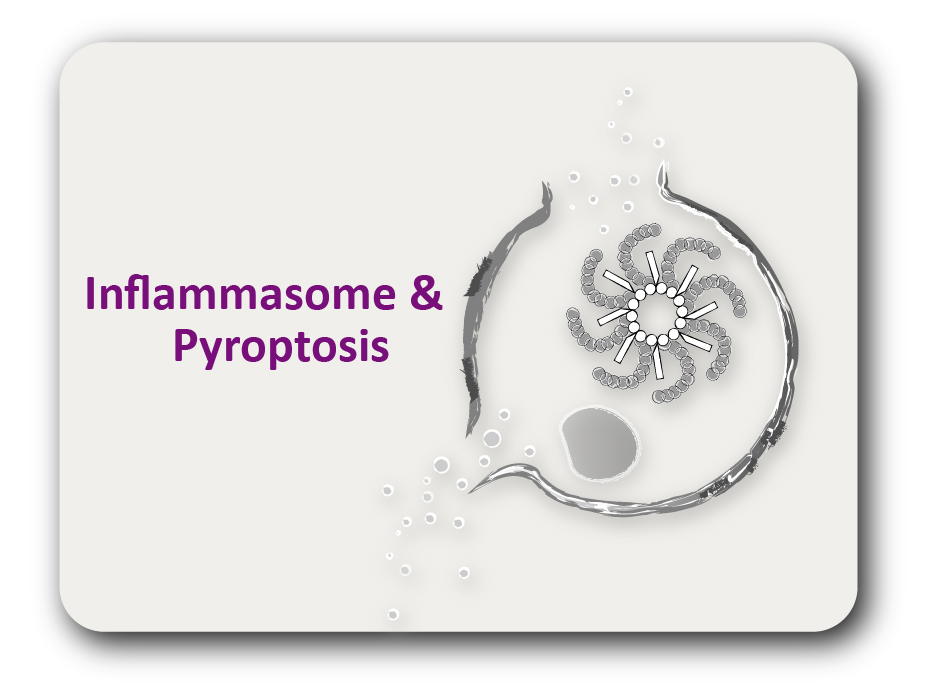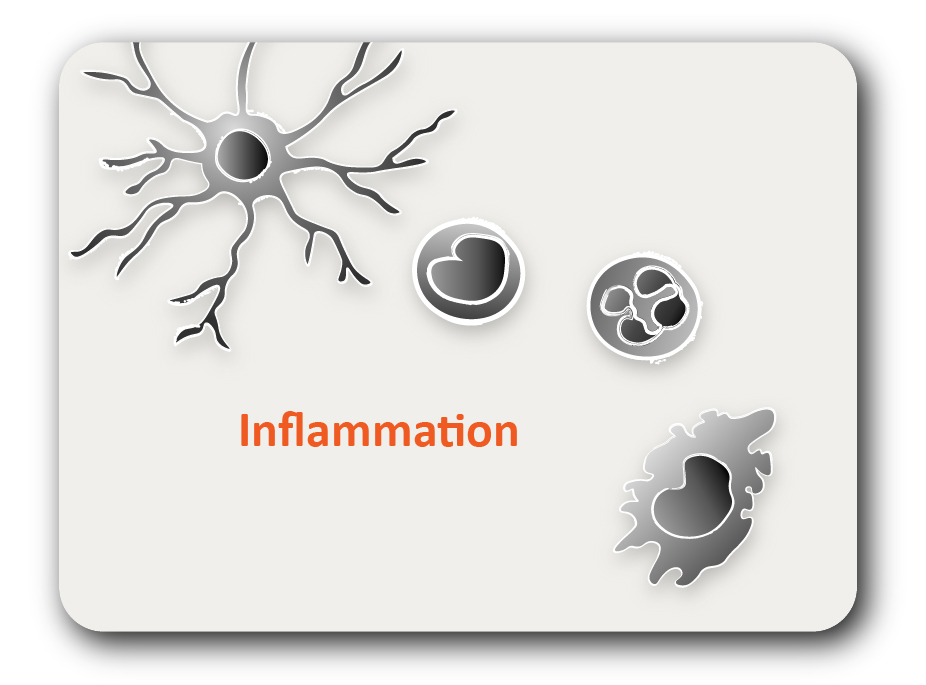ARG62656
anti-VEGF antibody [5C3.F8]
anti-VEGF antibody [5C3.F8] for ICC/IF,IHC-Formalin-fixed paraffin-embedded sections,Western blot and Human,Mouse
Cancer antibody; Cell Biology and Cellular Response antibody; Metabolism antibody; Signaling Transduction antibody
概述
| 产品描述 | Mouse Monoclonal antibody [5C3.F8] recognizes VEGF |
|---|---|
| 反应物种 | Hu, Ms |
| 应用 | ICC/IF, IHC-P, WB |
| 宿主 | Mouse |
| 克隆 | Monoclonal |
| 克隆号 | 5C3.F8 |
| 同位型 | IgG1, kappa |
| 靶点名称 | VEGF |
| 抗原物种 | Human |
| 抗原 | Human VEGF from a glioma. |
| 偶联标记 | Un-conjugated |
| 別名 | MVCD1; Vascular permeability factor; VEGF-A; VPF; VEGF; Vascular endothelial growth factor A |
应用说明
| 应用说明 | ICC: 10 µg/m. IHC-P: 1: 50. WB: 1-2 ug/ml * The dilutions indicate recommended starting dilutions and the optimal dilutions or concentrations should be determined by the scientist. |
|---|
属性
| 形式 | Liquid |
|---|---|
| 纯化 | Protein G purified |
| 缓冲液 | 10mM PBS (pH 7.4), 0.2% BSA and 0.09% Sodium azide |
| 抗菌剂 | 0.09% Sodium azide |
| 稳定剂 | 0.2% BSA |
| 浓度 | 0.2 mg/ml |
| 存放说明 | For continuous use, store undiluted antibody at 2-8°C for up to a week. For long-term storage, aliquot and store at -20°C or below. Storage in frost free freezers is not recommended. Avoid repeated freeze/thaw cycles. Suggest spin the vial prior to opening. The antibody solution should be gently mixed before use. |
| 注意事项 | For laboratory research only, not for drug, diagnostic or other use. |
生物信息
| 数据库连接 |
Swiss-port # P15692 Human Vascular endothelial growth factor A Swiss-port # Q00731 Mouse Vascular endothelial growth factor A |
|---|---|
| 基因名称 | VEGFA |
| 全名 | vascular endothelial growth factor A |
| 背景介绍 | This gene is a member of the PDGF/VEGF growth factor family and encodes a protein that is often found as a disulfide linked homodimer. This protein is a glycosylated mitogen that specifically acts on endothelial cells and has various effects, including mediating increased vascular permeability, inducing angiogenesis, vasculogenesis and endothelial cell growth, promoting cell migration, and inhibiting apoptosis. Elevated levels of this protein is linked to POEMS syndrome, also known as Crow-Fukase syndrome. Mutations in this gene have been associated with proliferative and nonproliferative diabetic retinopathy. Alternatively spliced transcript variants, encoding either freely secreted or cell-associated isoforms, have been characterized. There is also evidence for the use of non-AUG (CUG) translation initiation sites upstream of, and in-frame with the first AUG, leading to additional isoforms. [provided by RefSeq, Jul 2008] |
| 生物功能 | Growth factor active in angiogenesis, vasculogenesis and endothelial cell growth. Induces endothelial cell proliferation, promotes cell migration, inhibits apoptosis and induces permeabilization of blood vessels. Binds to the FLT1/VEGFR1 and KDR/VEGFR2 receptors, heparan sulfate and heparin. NRP1/Neuropilin-1 binds isoforms VEGF-165 and VEGF-145. Isoform VEGF165B binds to KDR but does not activate downstream signaling pathways, does not activate angiogenesis and inhibits tumor growth. [UniProt] |
| 细胞定位 | Cytoplasmic, cell surface, and extracellular matrix |
| 产品亮点 | Related products: VEGF antibodies; VEGF ELISA Kits; VEGF Duos / Panels; VEGF recombinant proteins; Anti-Mouse IgG secondary antibodies; Related news: The role of HDGF in tumor angiogenesis |
| 研究领域 | Cancer antibody; Cell Biology and Cellular Response antibody; Metabolism antibody; Signaling Transduction antibody |
| 预测分子量 | 27 kDa |
克隆号文献







